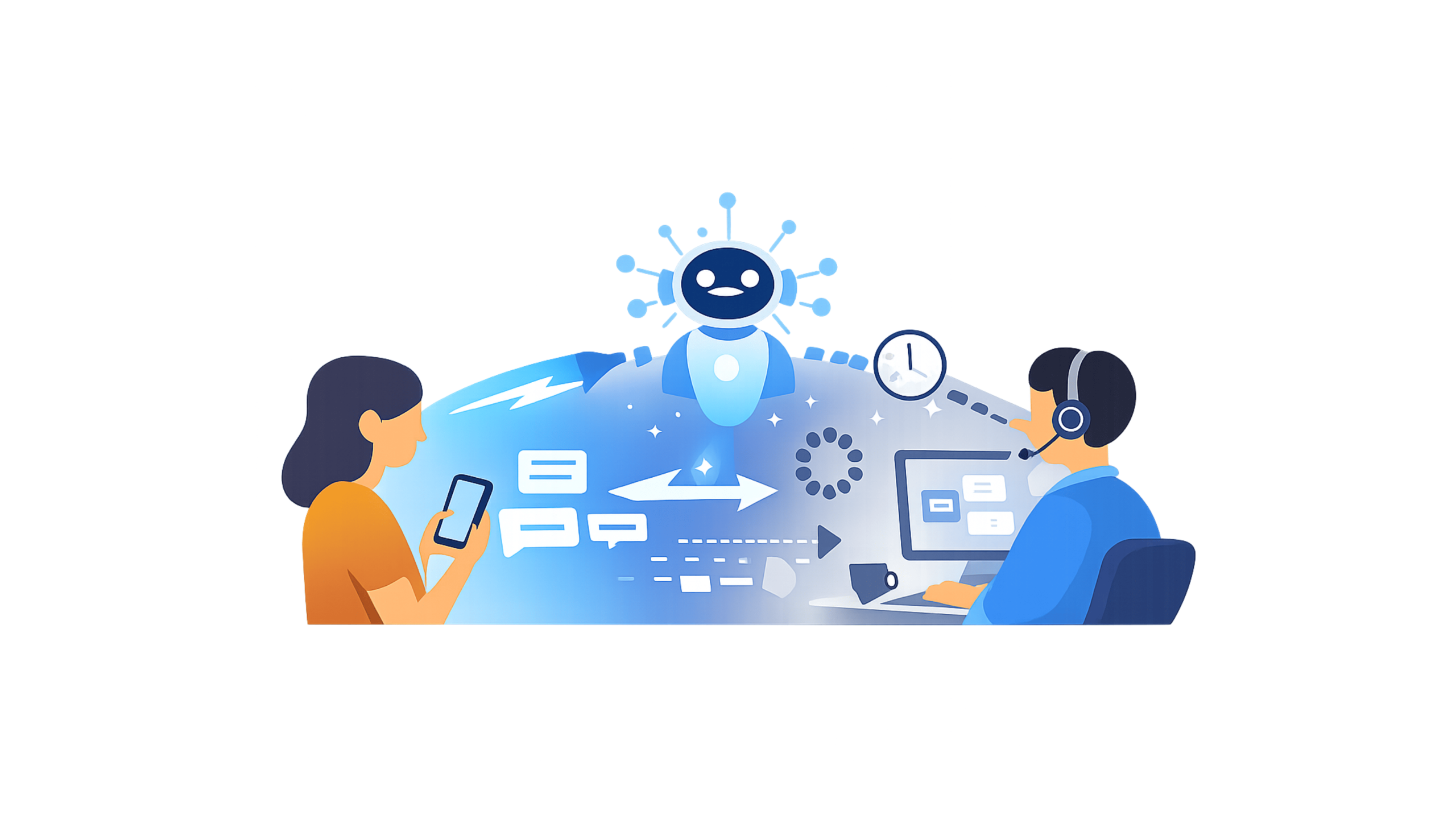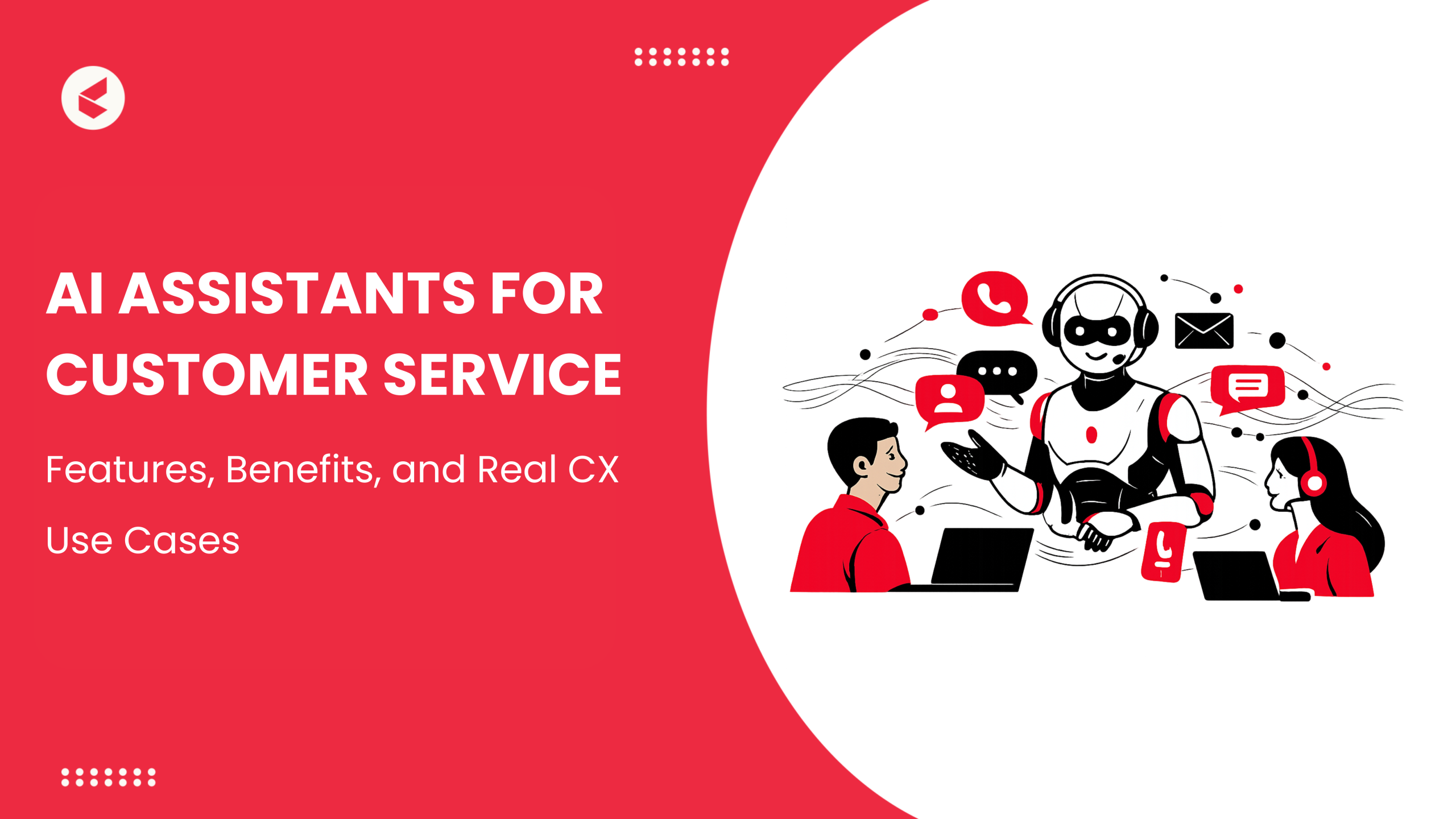Customers don’t expect you to be perfect. They do expect you to fix things when they go wrong.
– Donald Porter (VP, British Airways)
Returns are the moment of truth for any e-commerce brand. They test your policies, your logistics, and most importantly, your customer experience. In a market where convenience wins, a clunky return process can cost you more than a poor product ever could.
Voice AI flips the script.
Instead of long wait times, complex forms, or frustrated customers repeating themselves, voice AI delivers seamless, contextual, hands-free returns. And as customer expectations surge, it’s not just a nice-to-have—it’s your competitive edge
In fact, according to Statista, a total of $19.4 billion worth of purchases were made through voice assistants in 2023, which was a 200% increase from 2021.
Let’s dive deeper into this topic.
The E-Commerce Return Dilemma
Why are returns such a nightmare for e-commerce brands? According to NRF research, the retail industry experienced 16.9% product returns in 2024, amounting to $890 billion. A lot of it can be attributed to consumers’ shopping habits that have significantly evolved since COVID-19.
Additionally, 31% of customers sometimes order multiple clothing items from e-commerce with the intention of returning the ones they don’t like. 9% of customers always follow this practice, eventually driving up the cost of returns for these brands.
Return-to-Origin (RTO) orders are perhaps the most costly part of reverse logistics. It consists of the following expenses for a brand:
- Package inspection and quality checks (adding manpower cost)
- Repackaging where required (adding packaging cost)
- Documentation (manpower and handling costs)
- Inventory updates (operational costs)
Many brands maintain dedicated facilities to process these returns, if only to sustain the customer experience at the set standard. The brand Berrylush, for example, has a dedicated 3,000 sq. ft. facility just to process RTO orders.
While a brand must focus on minimizing the need for returns, reverse logistics are a necessary evil that can tip CX scales in favor (or against) the brand. Every poor customer experience, especially with the return process, leads to reduced customer trust and increased churn rate.
Where Voice AI Makes the Difference
Establishing clear return policies, easy access to returns, and reverse chain optimization are key factors in managing returns effectively. However, a little more initiative is necessary on the customer’s front to make the returns experience more worthwhile for them by enhancing overall UX for eCommerce.
Voice AI, a revolutionary technology, is more than just a simple IVR. It is an intelligent voice-based, screenless interface that customers can access quickly to process their returns.
Here are ways in which voice AI helps you deliver great customer experiences, even when they want to return items:
1. 24/7 Instant Support
Telephonic conversations with human agents typically entail longer wait times, leaving customers dissatisfied with the service quality. Voice AI engages customers in context-aware conversations about their returns, helping them complete the process with automated, guided actions.
It provides them with the convenience of hands-free return processing without struggling with the app or website to understand how or where to start.
2. Policy-aware Conversations
Let’s face it, customers don’t always read return policies when purchasing. In such situations, you can incorporate your return policies into voice AI to help customers understand the scope and eligibility for returns when they attempt it.
Clarity about the return policies sets the right expectation and maintains customer trust in your brand.
3. Emotion and Language Intelligence
When customers initiate a return because of faulty products or quality issues, they are likely to be frustrated or unhappy during the call. Voice AI becomes useful in such situations to analyze customer sentiment and vocabulary.
It finds cues for the intensity of their dissatisfaction and guides the conversation into a zone of mutual agreement without any escalatory incident.
4. Omnichannel Continuity
Customers don’t like having to repeat themselves. Voice AI is capable of integrating with enterprise systems such as CX systems to draw customer profiles, purchase histories, and interaction contexts, and provide relevant information. This ensures a context-aware conversation regardless of the channels the customer uses.
In fact, a study by Capgemini shows that such context-aware responses can reduce customer complaints by 70% by providing accurate resolutions.
5. Reducing RTO Incidents
RTO is a costly process for most brands. Set up automated order confirmation calls using voice AI to verify delivery addresses and other order details before shipping. An additional order confirmation step usually helps reduce the rate of returns by eliminating logistics problems like wrong addresses.
Voice AI can also offer customers several alternative delivery options if they are unable to receive it (delivering it to the guard or leaving it with a neighbor). This reduces the likelihood of returns.
What This Means for E-Commerce Brands?
Granted, voice AI has several capabilities that make returns a convenient experience for customers. But what’s in it for the business? Voice AI has five major impacts on e-commerce brands:
1. Drop in Agent Workload
Voice AI replaces manpower in executing routine order-related calls like order confirmation, address confirmation, delivery status, location update, and more. Your human agents experience a significant reduction in workload, making themselves available for the more strategic CX operations.
2. Faster and Consistent SLAs
Voice AI is easily programmable to follow your business’s SLAs to the letter. Its scalability and intelligence make it possible to follow multilayered SLAs easily, maintaining consistent quality of service for each customer that calls. It ensures that your customers get the best experience, even when they want to return an item.
3. Reduced Escalations
Voice AI can sustain humanlike conversations with customers and analyze their tone and vocabulary to understand the sentiment. When customers are frustrated, voice AI adjusts its conversation strategy to a more subtle, soothing approach to avoid escalations.
You can empower voice AI with capped autonomy and allow it to offer deals and cashbacks to dissatisfied customers and prevent escalations.
4. Better Customer Retention
NRF reports say that 67% of customers avoid shopping again with a retailer that gives a poor experience during the returns process. Given the intensity of competition in the industry, losing such a magnitude of customers because of an ill-designed returns process is quite expensive.
Voice AI can rescue churning customers by smoothing the return process. It makes returns highly accessible, hands-free, rich with relevant information, loaded with customer context and shopping history, and capable of regaining abandoned carts.
5. Savings in Operational Costs
An Optoro report highlights that returns cost businesses approximately 66% of the cost of the original item. Voice AI streamlines the order confirmation, shipping, delivery, and returns process by consistent customer confirmations, helping reduce this cost.
Kapture’s Edge in E-Commerce Returns
Every online commerce business requires assistive tools to strike the right balance between returns and customer experience. That cusp is where Kapture CX excels with its extensive set of AI-native tools that consolidate your orders, logistics, and payment systems with simple integrations.
Kapture’s voice AI modules automate and personalize the entire returns process to liberate your agents from routine workload. Your business experiences an acceleration in query resolutions and a boost in customer satisfaction scores, even during the critical post-purchase moments.
Kapture CX, a full-suite customer experience platform, leverages AI to reimagine the entire Ecommerce landscape, right from lead discovery to after-sales follow-ups and returns experiences. Explore Kapture CX’s extensive toolset!
FAQs
Yes, they are both different technologies. Chatbots interact through texts, whereas voice AI uses speech recognition to “talk” to customers.
As an emerging technology, enterprises are keen to explore and innovate with voice AI as a tool for enhancing customer experiences. It can help you gain an edge in a competitive market.
Voice AI can sound robotic if a brand does not consciously select and brand the voice. Additionally, the audio quality depends on the customer’s network connection. However, these disadvantages can be easily addressed with conscious choice and decisions about voice branding and transmission.













